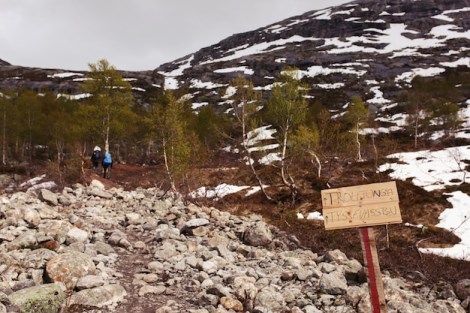Facts about Mount Rainier

Mount Rainier is the tallest volcano in the state of Washington.
The peak of Mount Rainier stands at an elevation of 14,411 feet (4,392 meters).
Mount Rainier is considered one of the most dangerous volcanoes in the world.
The mountain is a popular destination for climbers, with more than 10,000 attempts each year.
The first recorded climb of Mount Rainier was in 1870 by Hazard Stevens and P.B. Van Trump.
Mount Rainier is covered in glaciers, with more than 25 major glaciers on its slopes.
It is the most heavily glaciated peak in the contiguous United States.
The mountain is a stratovolcano, meaning it is built up of layers of hardened lava, ash, and other volcanic materials.
Mount Rainier is an active volcano, with the last eruption occurring in 1894.
The area around the mountain is a designated national park, known as Mount Rainier National Park.
Mount Rainier is an iconic symbol of Washington state and is featured on the state’s license plates.
The mountain is part of the Cascade Range, which stretches from British Columbia to northern California.
The name Rainier was given to the mountain in honor of Rear Admiral Peter Rainier, a British naval officer.
The mountain attracts visitors from around the world, who come to admire its natural beauty and challenge themselves on its slopes.
Mount Rainier is home to a diverse range of wildlife, including black bears, elk, mountain goats, and gray wolves.
Facts about Mount Rainier part 2
The mountain offers a variety of recreational activities, including hiking, camping, fishing, and snowshoeing.
The Paradise area on the southern slope of Mount Rainier has some of the highest annual snowfall in the world.
Mount Rainier has inspired numerous artists and writers, who have captured its beauty in paintings, photographs, and literature.
The mountain is a popular subject for geologists and researchers studying volcanoes and glacial processes.
Mount Rainier has been the setting for several films and documentaries, showcasing its dramatic scenery and natural wonders.
The mountain’s glaciers are crucial for providing water to the rivers and streams that flow from its slopes, supporting local ecosystems and communities.
Mount Rainier has a rich cultural significance to Native American tribes in the region, who have long revered the mountain as a sacred place.
The climbing season on Mount Rainier typically runs from late May to early September, when weather conditions are most favorable.
Climbing Mount Rainier requires technical skills and proper equipment, as well as physical fitness and endurance.
The mountain poses numerous hazards to climbers, including rockfall, avalanches, crevasses, and extreme weather conditions.
Mount Rainier has been the site of several tragic climbing accidents, reminding climbers of the mountain’s unpredictable nature.
Despite its challenges, reaching the summit of Mount Rainier is a rewarding achievement that offers breathtaking views and a sense of accomplishment.
Mount Rainier’s glaciers are continuously changing and shifting, creating new formations and landscapes over time.
The mountain’s volcanic activity has influenced the surrounding ecosystem, shaping the plants and animals that thrive in its unique environment.
Mount Rainier is often shrouded in clouds and mist, adding to its mysterious and awe-inspiring allure.
The mountain has been an important location for scientific research on climate change and the impact of volcanic activity on the environment.
Mount Rainier’s crater, known as the Summit Crater, is nearly 1,000 feet deep and is filled with ice and snow year-round.
The mountain is known for its striking blue glaciers, which stand out against the rugged terrain and lush greenery.
Mount Rainier is home to the Paradise Inn, a historic lodge that has been providing accommodations to visitors since 19
The mountain’s diverse ecosystems support a wide range of plant species, including subalpine wildflowers, evergreen trees, and alpine meadows.
Mount Rainier has over 120 named waterfalls, some of which are only visible during the summer months when the snow melts.
The mountain attracts experienced climbers from around the world who come to test their skills on its challenging slopes.
Mount Rainier has been a training ground for mountaineers preparing for expeditions to other famous peaks, such as Mount Everest.
The mountain offers stunning sunrise and sunset views, with the fiery colors of the sky reflecting off its snow-capped peaks.
Mount Rainier’s beauty has inspired many famous quotes and poems, capturing the essence of its majesty and grandeur.
Despite its impressive size, Mount Rainier is still growing at a rate of about one inch per year.
The mountain is home to the largest continuous stand of old-growth forest in the contiguous United States.
Mount Rainier’s slopes are a mosaic of different habitats, ranging from dense forests to barren volcanic rock.
The mountain’s isolation and challenging terrain make it a perfect place for solitude and self-reflection.
Mount Rainier’s iconic silhouette can be seen from many parts of the Pacific Northwest, serving as a constant reminder of the region’s natural beauty.